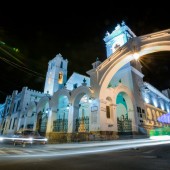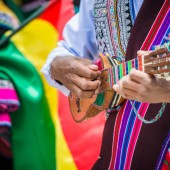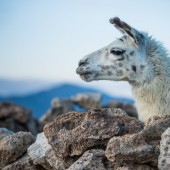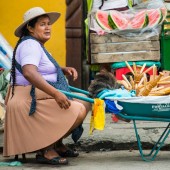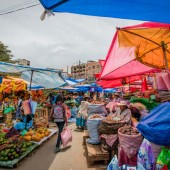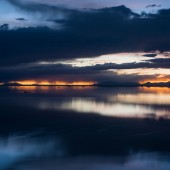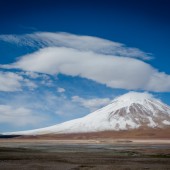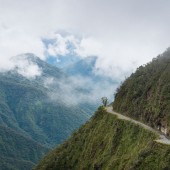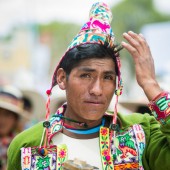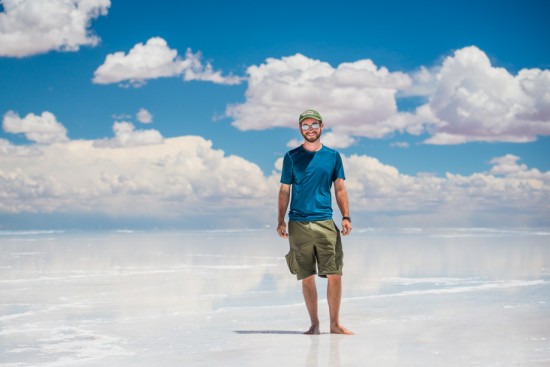Traveling in Bolivia with the Nikon D800 and no plan is by Stephen Ironside (Website | Facebook | Twitter | Instagram):
In 2013, I realized I wanted to shift my business to a more commercial photography focus, and decided to stop booking weddings. The last wedding I had booked was a big one—a destination wedding in Bolivia, right after New Year in 2014.
I had traveled all over, some for work, some for school, some for pleasure—India, Nepal, China, Costa Rica, a touch of Nicaragua, and at home in the U.S.—but I had never been to South America. As my long-term career goal is to be a photographer for international NGOs and non-profits working towards environmental and cultural preservation and restoration, I know I have to make the most of every trip to get the experience necessary. I decided that after the wedding, I was going to stay for the rest of the month, 5 weeks total, and explore Bolivia. I had never traveled in a foreign country alone for so long, so I knew this was going to be an adventure.
My first thought, of course, was about what gear to bring. Traveling alone, and shooting the wedding alone, I knew I would have to be choosy. I knew I had to travel light while having enough gear to get by and get some great images. But, wedding photography and general travel photography are two different beasts. I knew that I would have to bring two different though slightly overlapping sets of gear: one for the wedding, and one for the rest of the trip.
I took an F-Stop Loka bag (foliage green) with two small Pro ICUs (Internal Camera Units, the guts of the bag that keep the gear safe) so that I could remove one if desired, instead of just using a single large ICU. The plan was this: pack the Loka full of all of the camera gear for the wedding and travel and use that as my carry-on, then leave part of the gear in one of the small ICUs in my main bag at the bride’s parent’s house for the remainder of my trip, leaving space in the top half of the Loka for other essentials…like clothes and a toothbrush.
I decided that I would go with a fairly traditional photojournalist’s kit for the travel part of the trip. A wide-zoom, a tele-zoom, and a fast normal prime.
Travel kit:
- Nikon D800
- Nikon 17-35mm f/2.8D ED-IF AF-S
- Nikon 50mm f/1.4G SIC SW
- Nikon 70-200mm f/2.8G ED VR II AF-S
- Nikon SB-700
- Nikon SC-29 TTL Cord
- Circular Polarizing Filter
- Manfrotto 055CXPRO4 Tripod with 327RC2 grip head
In addition to this kit, here’s what I had on hand at the wedding:
- Nikon D3s
- Nikon 105mm f/2.8G AF-S IF-ED VR Micro
- Nikon SB-910
- Westcott 26” Rapid Box Octa + stand
- Lumopro 43” Shoot-thru umbrella + stand
- 4x Pocketwizard Plus III
- 5-in-1 reflector
All of this (except the tripod/stands/modifiers) fit nicely into the Loka bag—though it was too heavy for a carry on…good thing I never got weighed!
Here are a couple of shots from the wedding, which is an entirely different story.


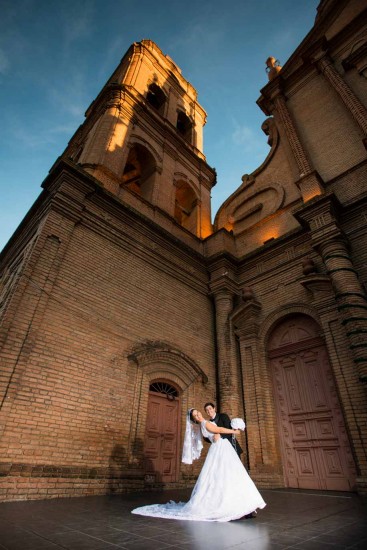
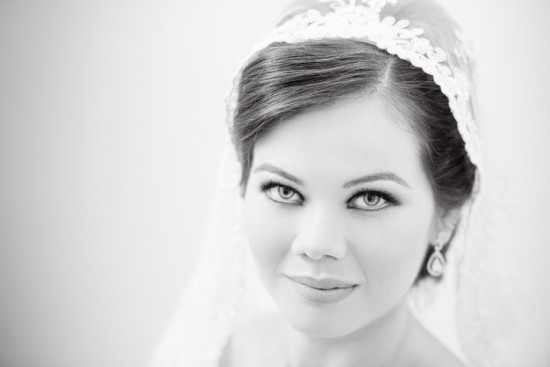
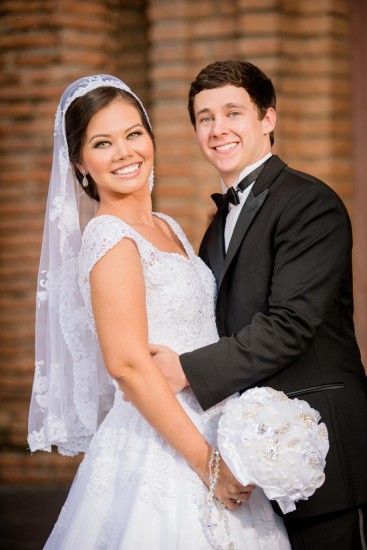

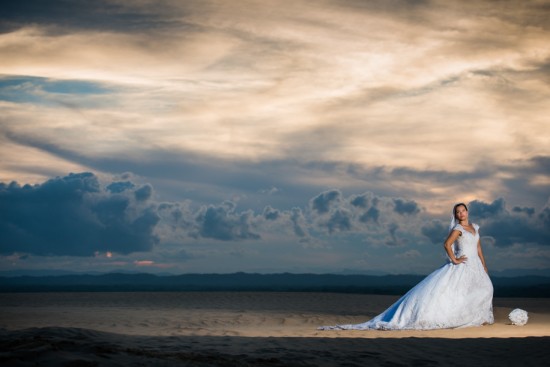
After the wedding, I took out one small ICU, and filled the remaining ICU with the travel kit, and the top half with my few T-shirts, headphones, toiletries, sandals, Lonely Planet (my travel bible and lifesaver), external hard drive, etc.
I also had a small shoulder bag (Naneu Sahara 115f) that I took with me with my laptop (13” Retina Macbook Pro) and some other small things. I only carried both bags when I was traveling between cities; the rest of the time, one of the bags stayed at my hostel or hotel, depending on which bag I wanted or needed that day.
Here’s the catch: I didn’t know where I was going for the whole rest of the trip. I hadn’t even opened my Lonely Planet until I was on the airplane. No hotel reservations. No idea on what places I’d want to go to, what trails I’d like to hike, what food I’d like to eat. I went into it blind, but with purpose: I wanted to feel fully immersed in the place and the people and feel free from plans and expectations. The more expectations you have when you travel, the more often you’ll be disappointed, as things rarely go as planned when you’re abroad. That’s just how it is. For many of the places I went to, I was not there at an ideal time of day, or I was taking photos from a moving car, etc. One of the highlights of the trip, the Salar de Uyuni (salt flat), was seen on a 3-day organized tour of the Altiplano (high plains) region, and I was only there for about half an hour at noon. The worst! But, I got what shots I could and moved on. If I had had a car and knew where I was going, it would have been different, and I could have gone to even more beautiful places at more ideal times.
I ended up touring much of Bolivia, except for the northern Amazon region, and the southern wine country. I visited the “altiplano” (“High plains) in the southwestern Andes region, rode a bike down the “Camino del Muerte,” or “Death Road,” trekked from 16,000ft down to 4,000ft over 3 days, toured an active silver mine, hiked across an island in Lake Titicaca, and more. It was a surreal trip.
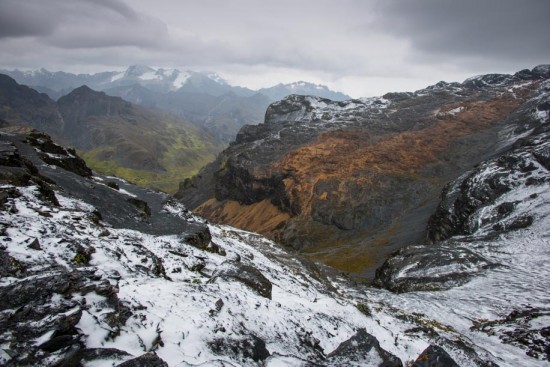
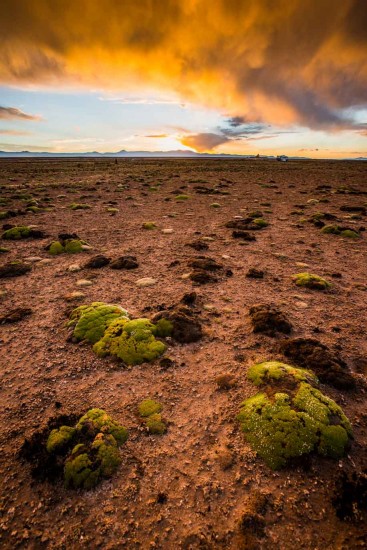 

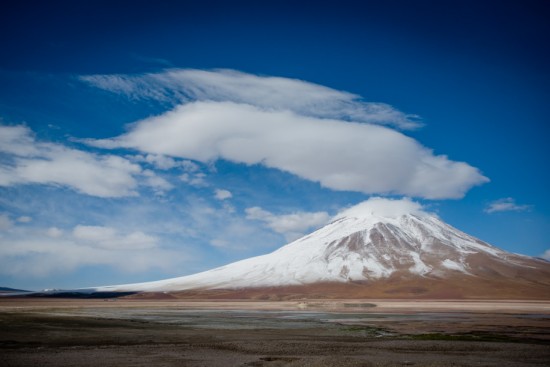
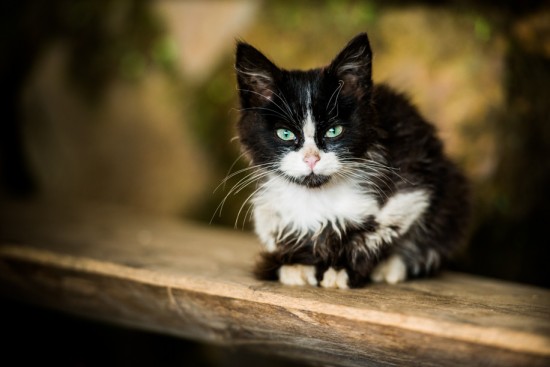
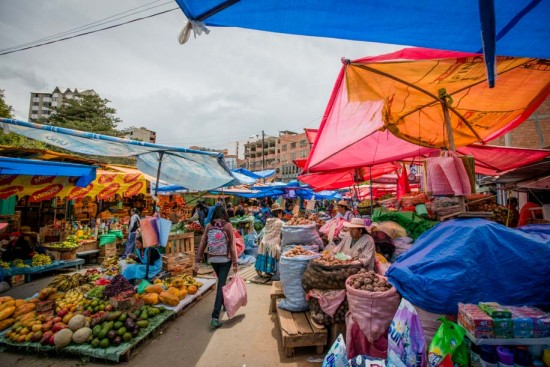
With any trip like this, where you don’t know where you’ll be going, what you’ll see, what the weather will be like, etc., there will always be things you wish you had brought and things you wish you had left at home.
Yes, I wish I would have brought a small lighting kit—lightweight light stand and an umbrella—and maybe brought a lighter-weight tripod (it was carbon fiber, but still not the lightest). But, all-in-all, I would say I had enough gear to make some good images, and not so much that I felt weighed down all the time.
The D800 performed wonderfully. I didn’t miss the higher frame rate of my D3s for what I was shooting, and the battery life was decent (luckily I had a few extra and was able to charge in most places I stayed). The dynamic range was incredible, and the camera is much lighter than carrying around a pro body, which is what I usually do. I hadn’t really used the D800 too much before this trip as a main body, and was pleasantly surprised at its versatility.
The Nikon 17-35mm f/2.8 wide-zoom lens was my only area of concern before my trip. It was the only piece of equipment I bought for the trip, besides the Loka bag. When looking at wide-zooms, my requirements were: wider than 18mm, 2.8 or faster, and small with the ability to use filters. The 14-24 is large, heavy, and you can’t use filters, so that was out, even though having the wider zoom range would have been nice. The Nikon 16-35mm f/4 had VR, which was nice, but I wanted the f/2.8 for night shots, maybe even some star-filled landscape shots. So, even though the 17-35mm f/2.8 is older and not on “the list” of lenses recommended for the D800 due to sharpness concerns, I went with it. And I was not disappointed. I feel like it was a versatile and good quality lens that served me well, which might be why it’s still a favorite among photojournalists today. It was small enough, wide enough, fast enough, and sharp enough. All I needed.
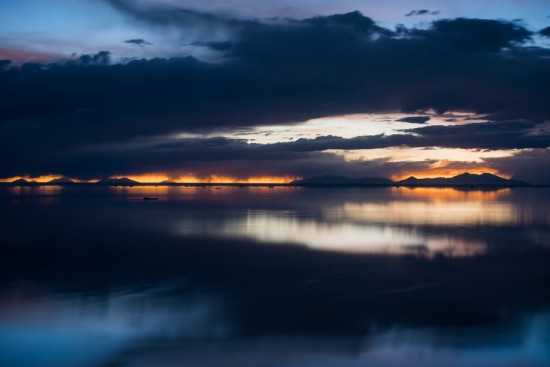
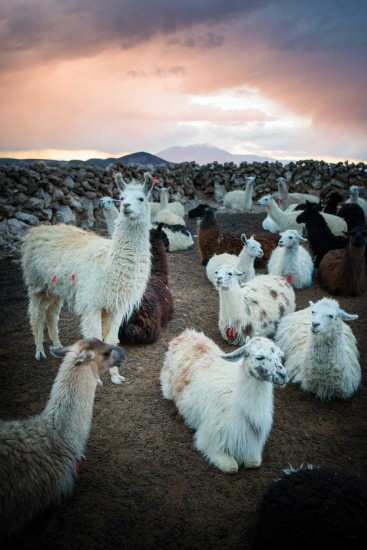 

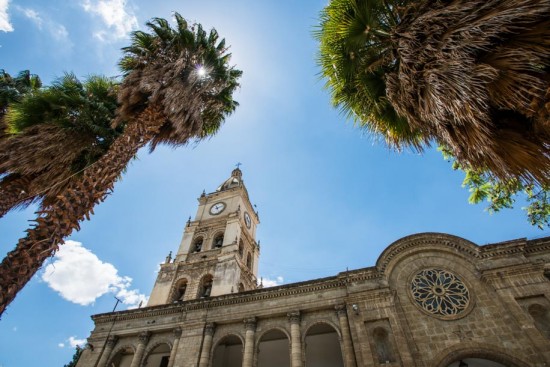
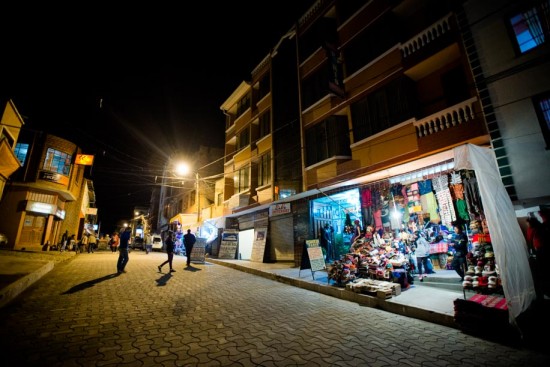
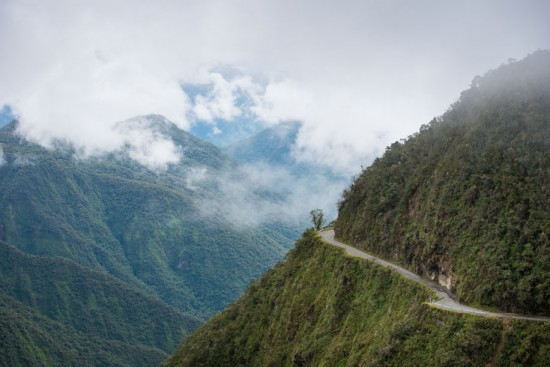
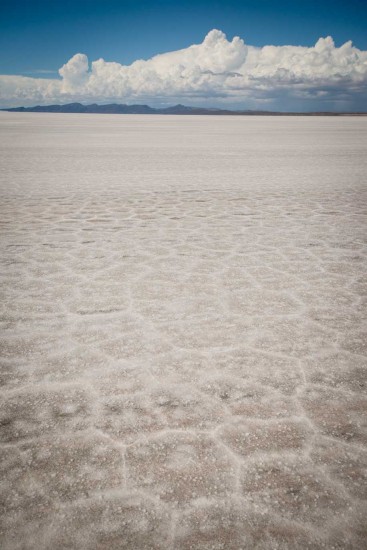 

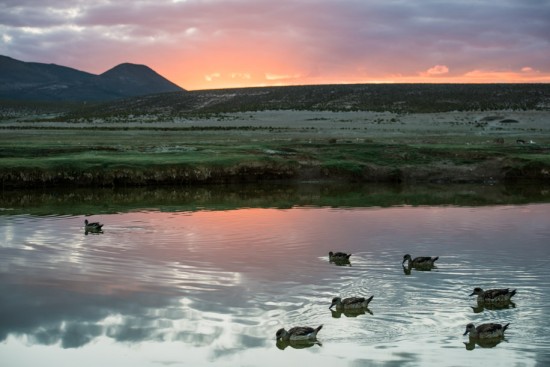
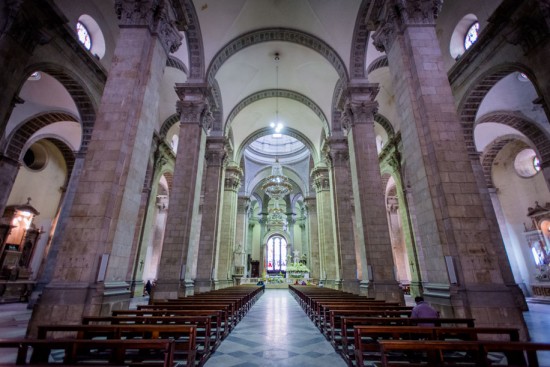
The 70-200mm f/2.8 allowed me to put some distance between me and my subjects when necessary for candids, and also worked well in low-light. It’s a littler bigger than I would have liked—I almost got the f/4 version for the trip because of its size—but it never dragged me down too much. Since I did feel conspicuous when walking around with such a big lens on, I found myself keeping the 17-35mm on the camera most of the time, and switching to the 70-200 only when I wanted to use it.
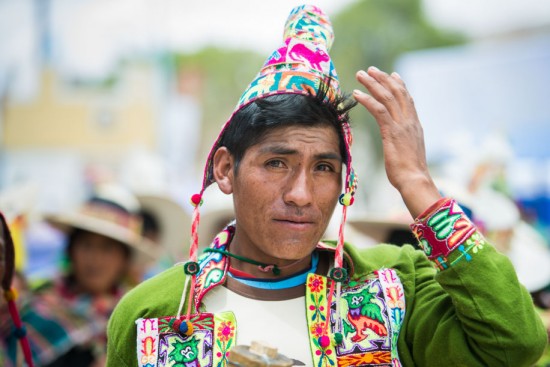
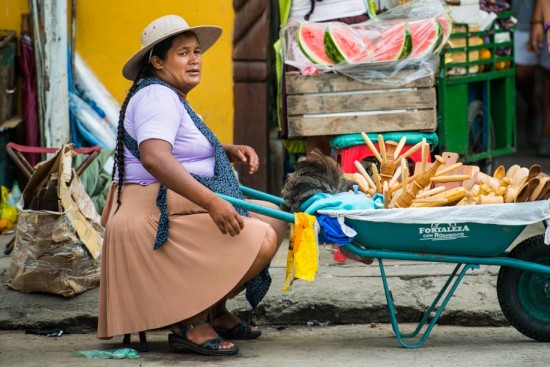
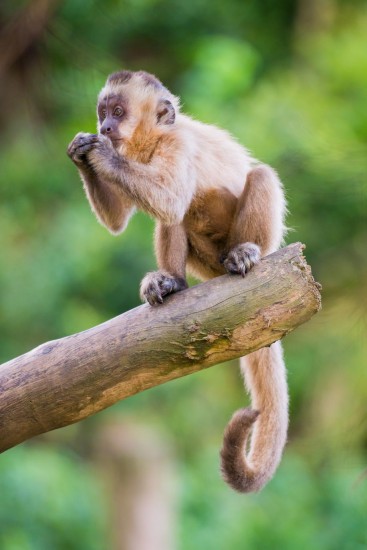
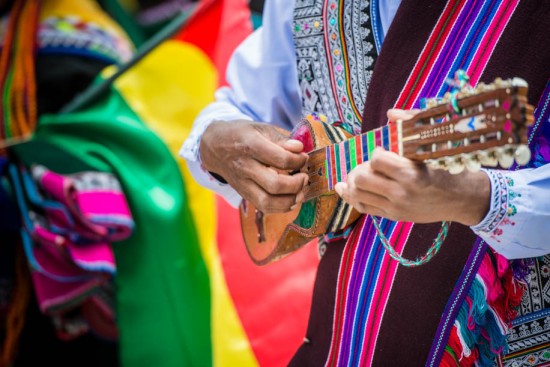
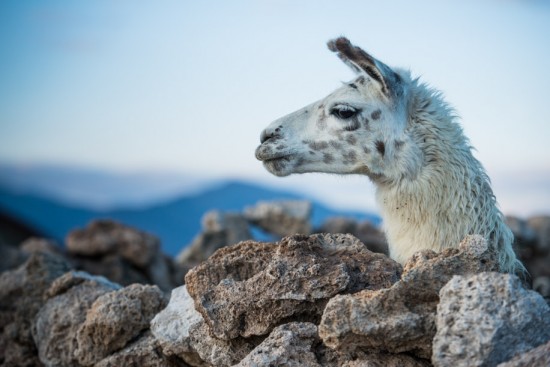
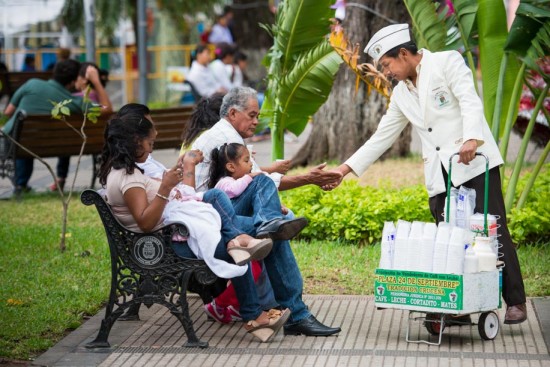
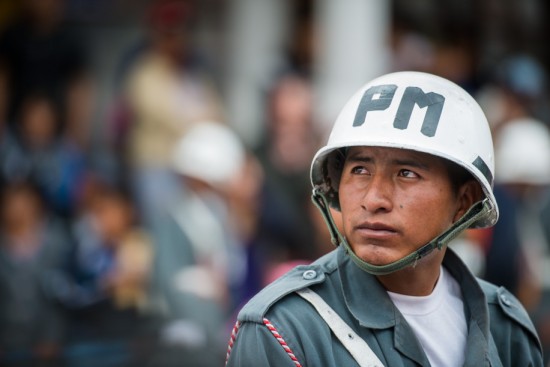
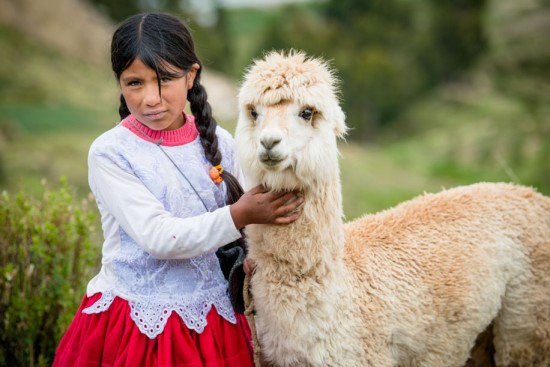 

The 50mm wasn’t used too frequently, but it was used some, and was good to have. It gave me peace of mind for that “middle range,” and was good in low-light when I needed it. It’s also small and light enough to not make much of a difference in my bag.
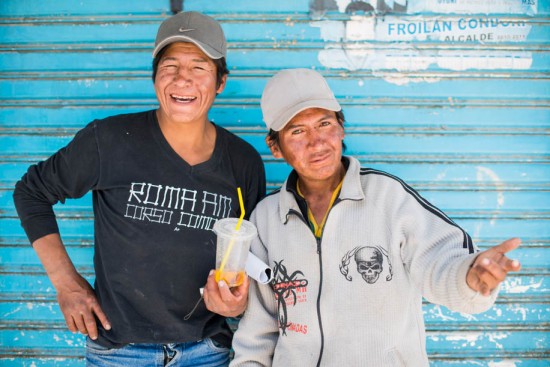 

I only used the tripod one time, but I’m glad I had one with me for that shot. I’m not sure I used the flash, but again, it’s good to have it and not need it than need it and not have it, as long as you’re still traveling light.
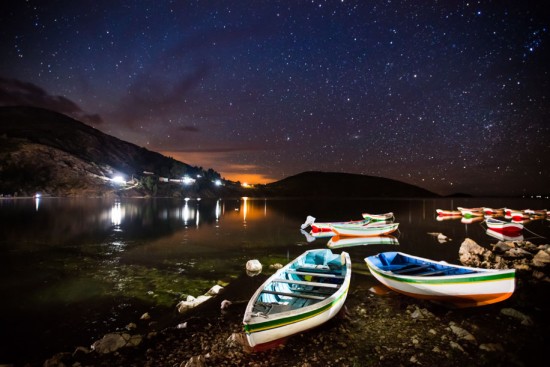
The Loka bag also performed very well. The built-in rain cover was used many times, especially during my 3-day trek along the El Choro trail, descending from around 16,000 feet to 4,000 feet, and it kept my gear well protected. It was nice to be able to remove the ICU inserts to be able to carry more or less gear (or other things). I had a little of the stitching on the rain cover come off, and one of the outside buckles crack a little where I must have dropped the bag or something, but I haven’t sent it in to get fixed (it’s out of warranty now). But, neither of those things bothered me that much. I love the bag, and I would recommend F-Stop’s products for outdoor adventure photography.
Here are a few more from the trip.
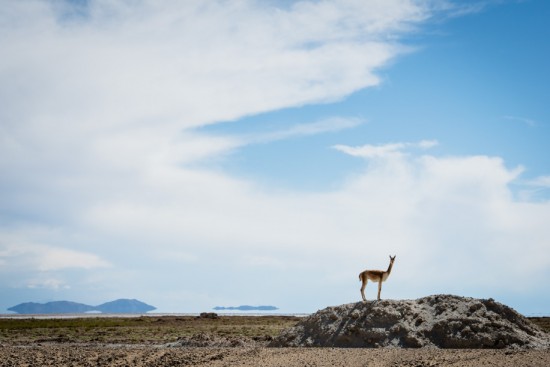
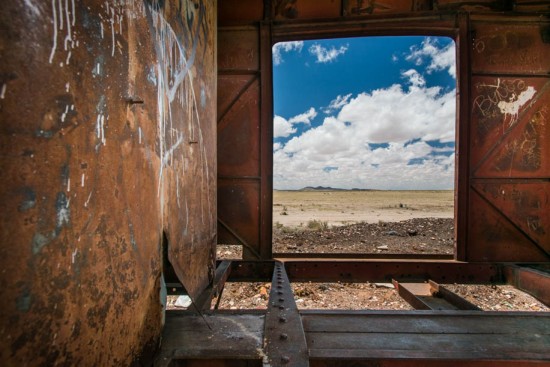
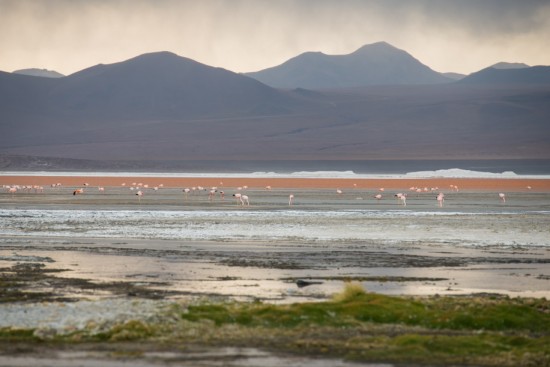
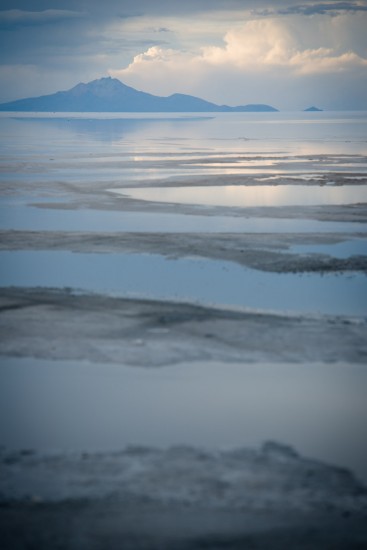
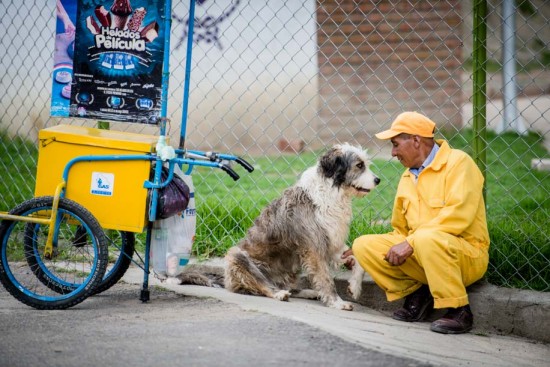
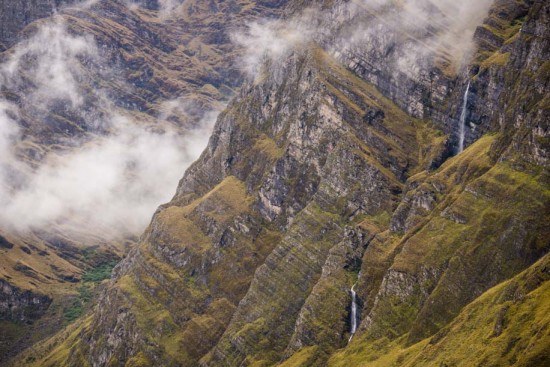
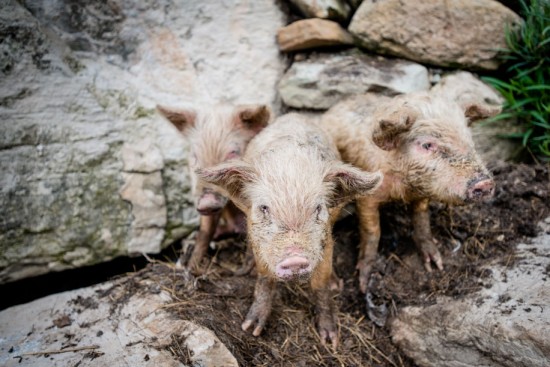
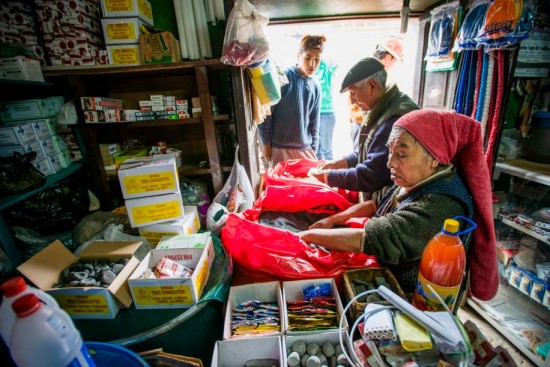 

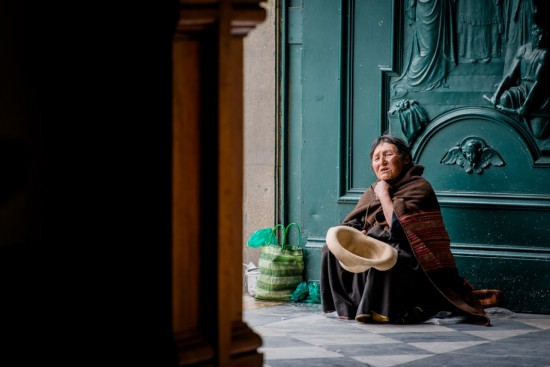
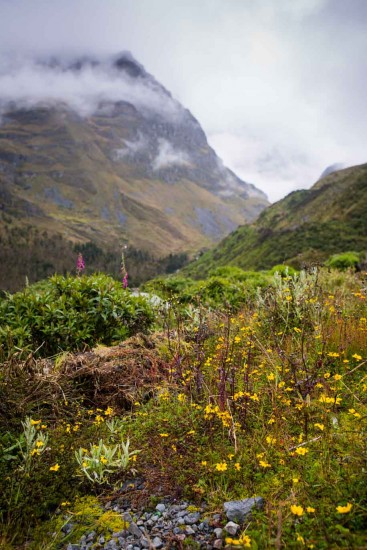
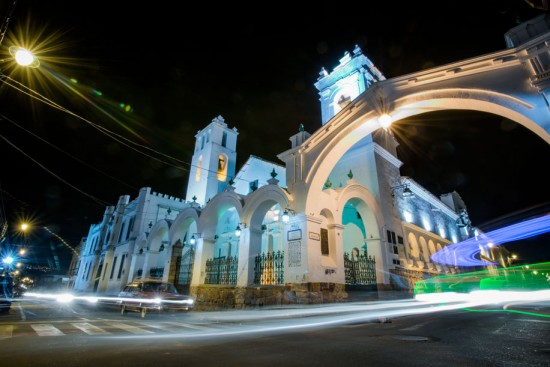
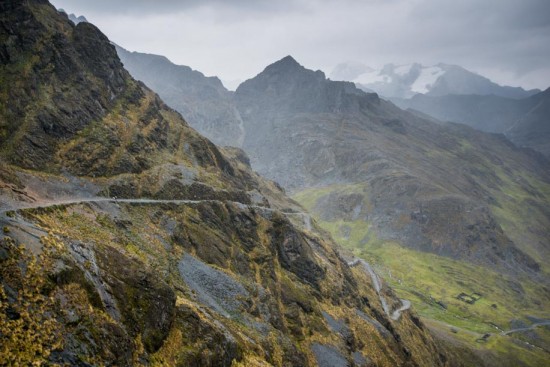 

I highly suggest that, at some point in your life, you go on a solo trip without a plan. It’s liberating, in a way, to be so vulnerable, yet to also have the freedom to do whatever and go wherever you wish.
Bolivia is a wonderful place. They have their own struggles, like all cultures, but on the whole I really enjoyed the country, the people, and my trip. The people were welcoming, the landscapes were majestic, and you haven’t lived until you’ve tried a salteña. I’m sure I’ll be back.
www.ironsidephotography.com
facebook.com/ironsidephotography
twitter.com/IronsidePhoto
instagram.com/ironsidephoto
Always be sure to get at least one good photo of yourself! (Salar de Uyuni, southwestern Bolivia, noon.)
